Drip Tips
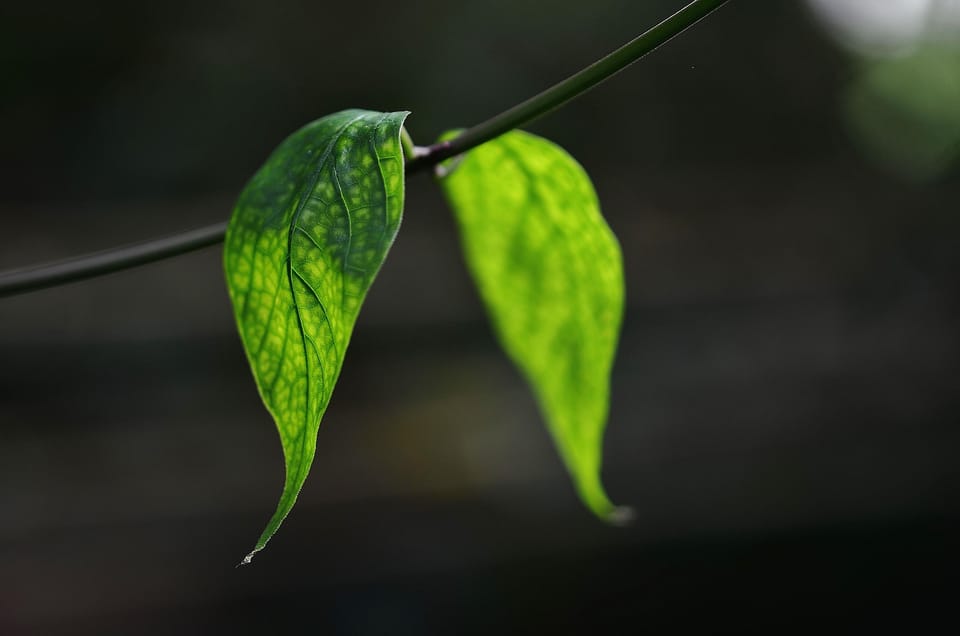
Plants need water, so why don't they soak up all the raindrops that land on their leaves?
Last week, we talked about plants dropping their leaves in the fall, and this week we're going to talk about another fascinating leaf adaptation: how leaves respond to rain.
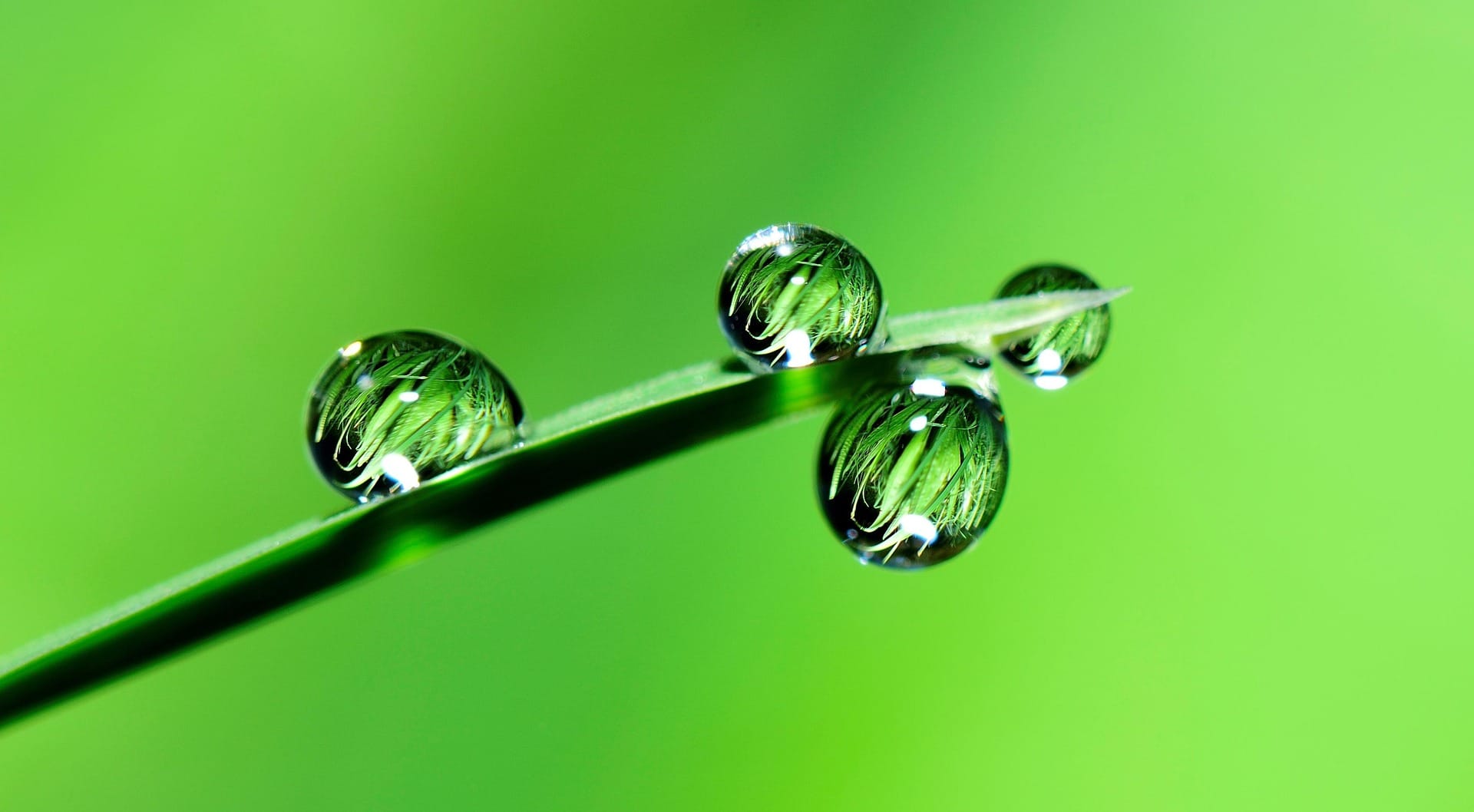
You might think that plants would do everything they could to absorb water that lands on their leaves. After all, the leaves on many plants have a massive surface area (up to 700,000 square feet on a mature oak), so it makes sense that a plant would use its leaves as a net for catching water.
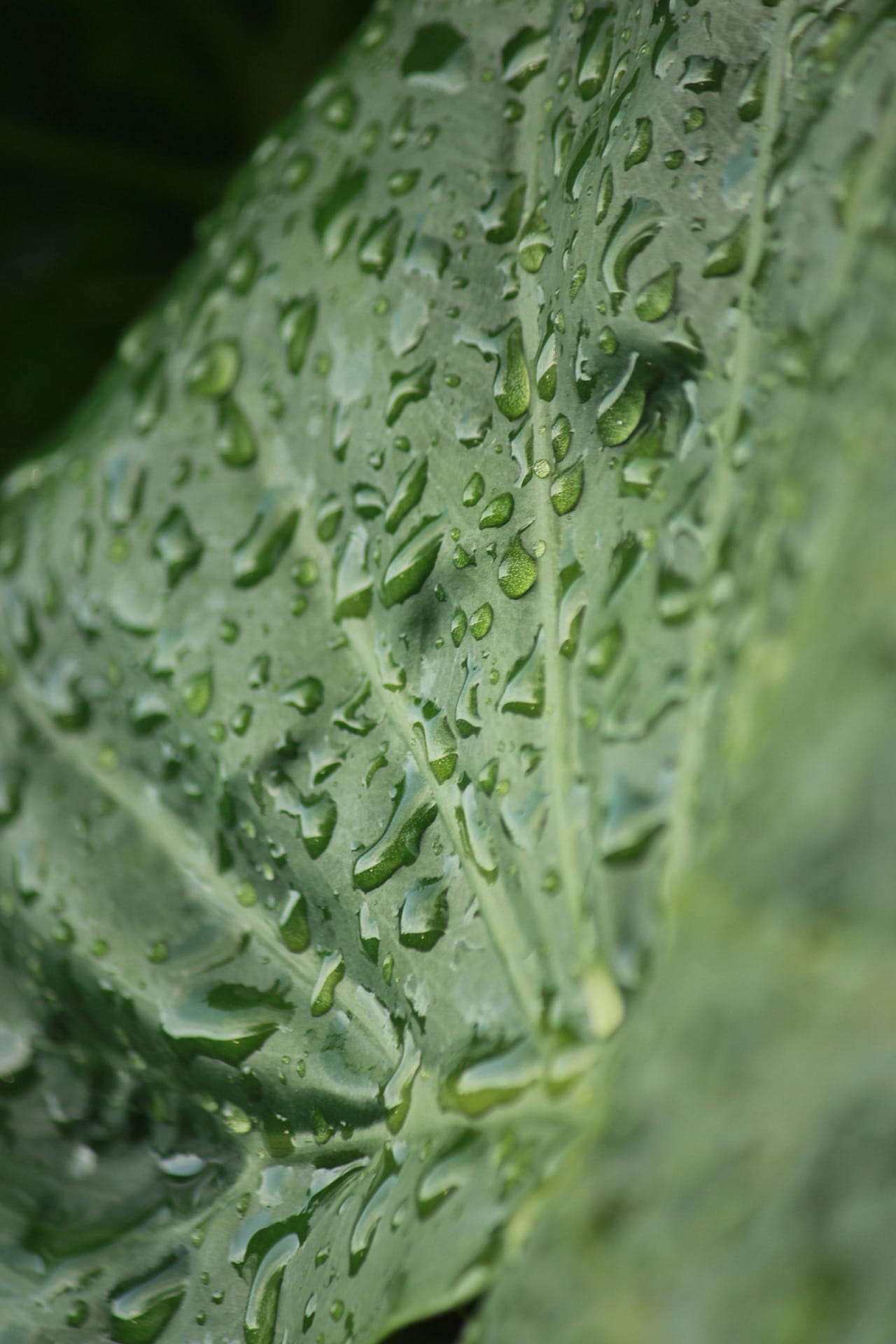
In fact, the opposite is true. Plants absorb water through their roots, and not through their leaves, so they need water delivered to the soil as quickly as possible when rain is falling. If water gets blocked or sits on leaves, it isn't being delivered to the soil and readily evaporates back into the sky.
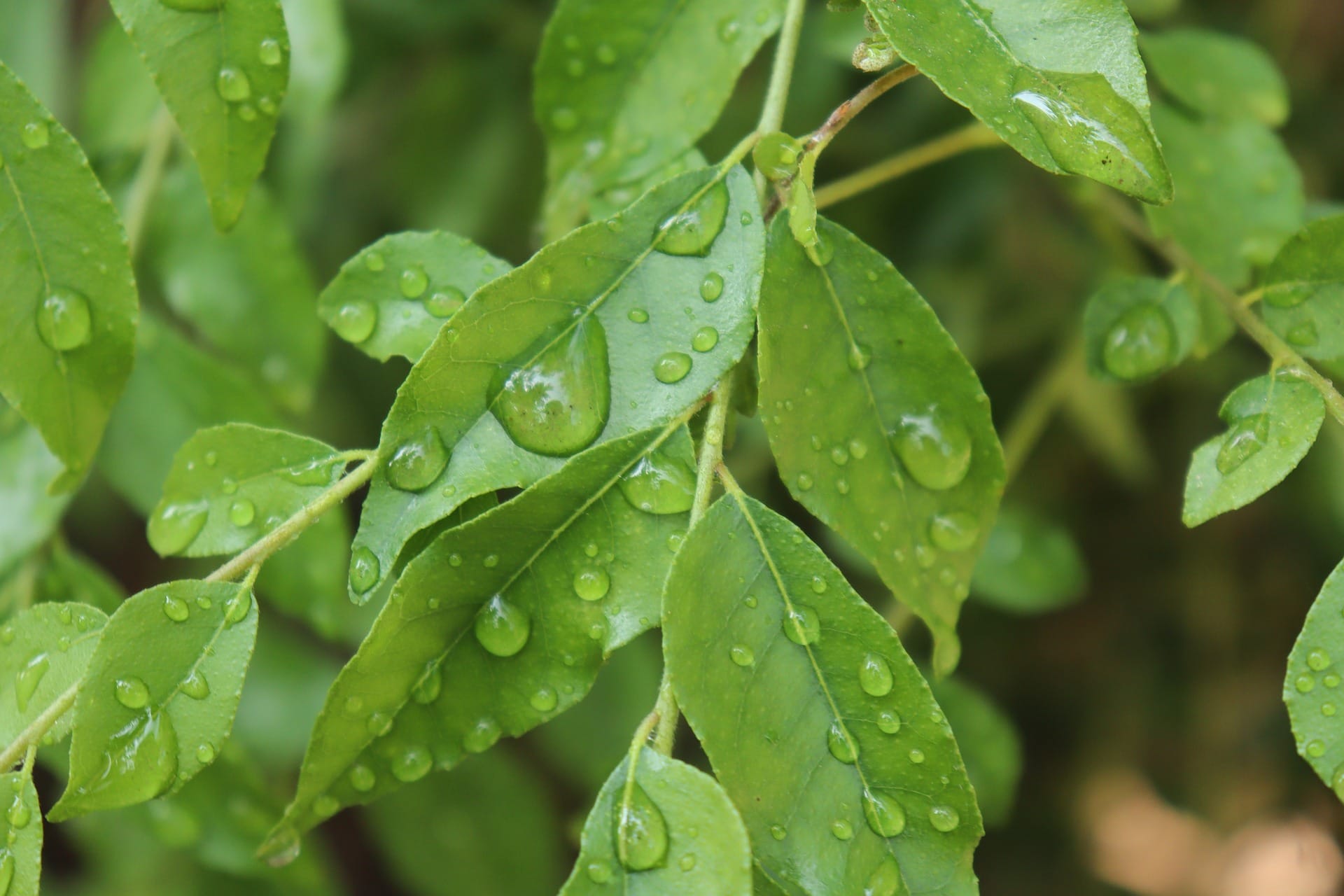
So, that's one reason why plants don't want water sitting on their leaves, but there's more to this story than plants delivering water to their roots. The added wrinkle is that plants need leaves for photosynthesis, so water on a leaf is a tremendous disadvantage.

A thin film of water on a leaf surface reflects sunlight and lowers the temperature of the leaf, slowing photosynthetic rates. Water also weighs a lot, so if a plant's leaves are heavy with water, the plant has to invest more energy into physically supporting leaves so they don't droop down or break off.
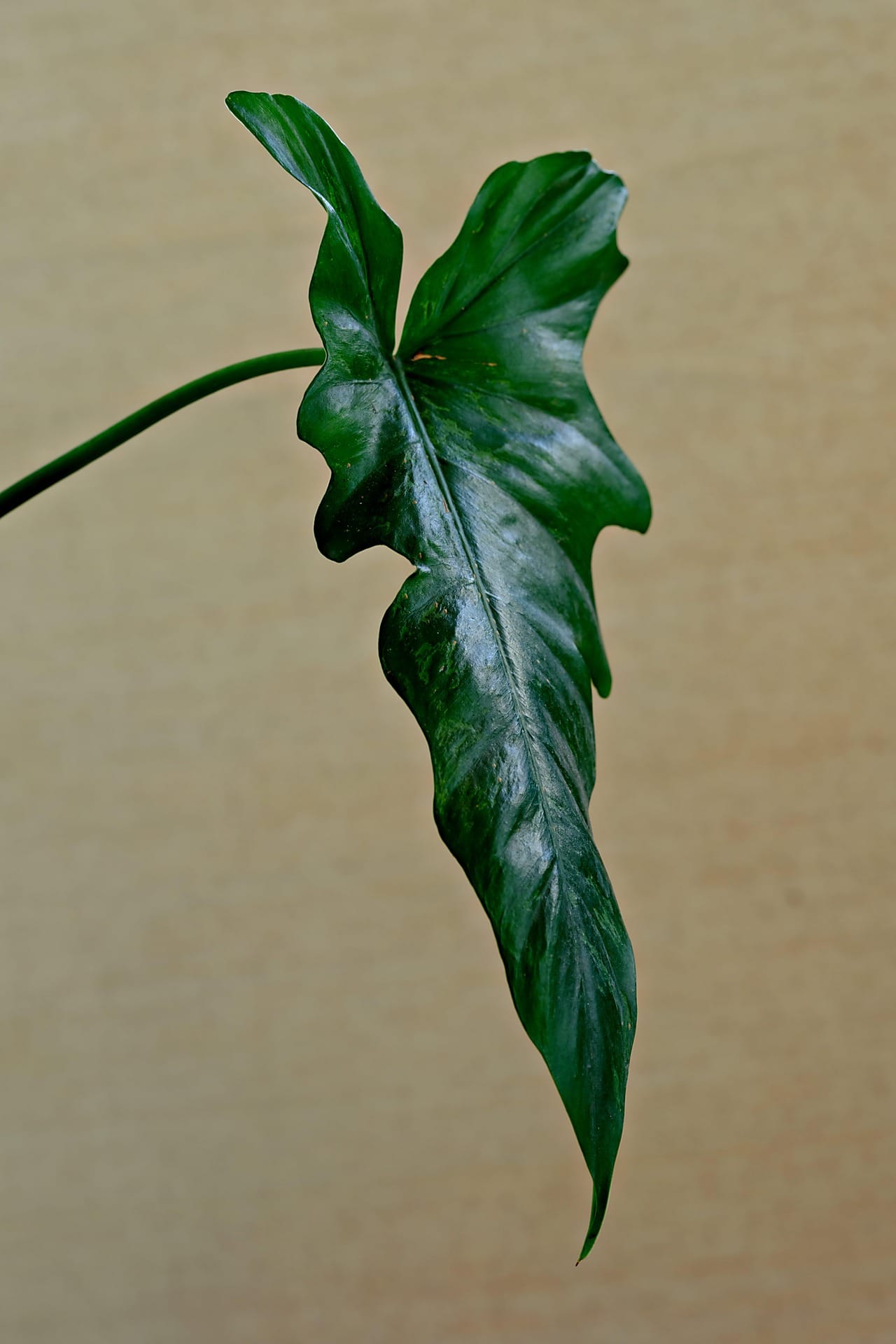
Even more important, when water remains on leaves, it creates ideal conditions for fungi that grow very quickly in the presence of water. Not only do these spreading fungi block sunlight, but some species trigger senescence in leaves, causing them to fall prematurely. [For more on this super cool topic, check out my newsletter on leaves and fungal spores.]
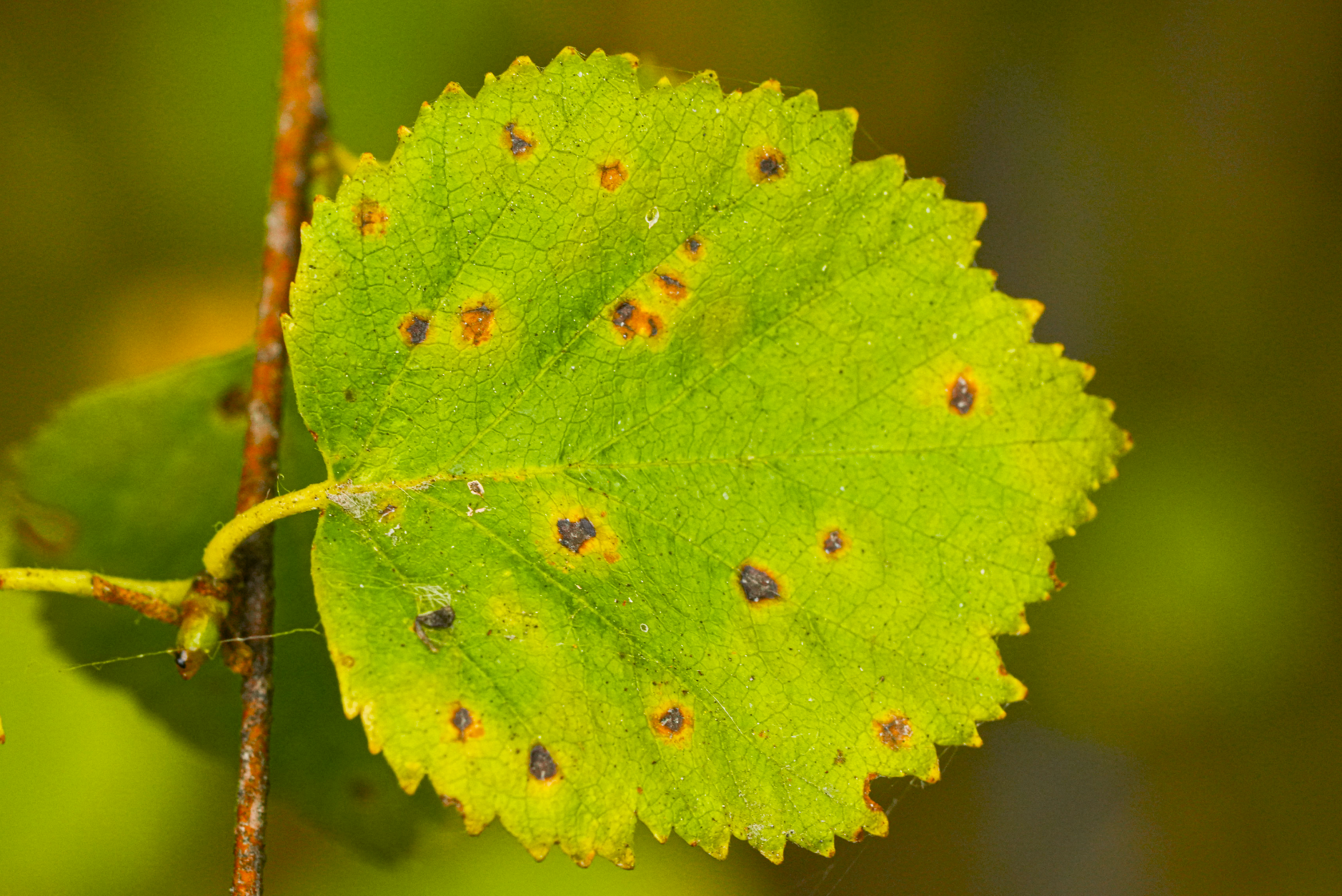
The solution used by many plants was first noticed in the late 1800s and to this day remains a topic of great interest to biologists. Many plants use what is called a drip tip, a pointed tip at the end of each leaf (together with a groove running down the middle of the leaf) that funnels water to the tip of the leaf, where it drips off.
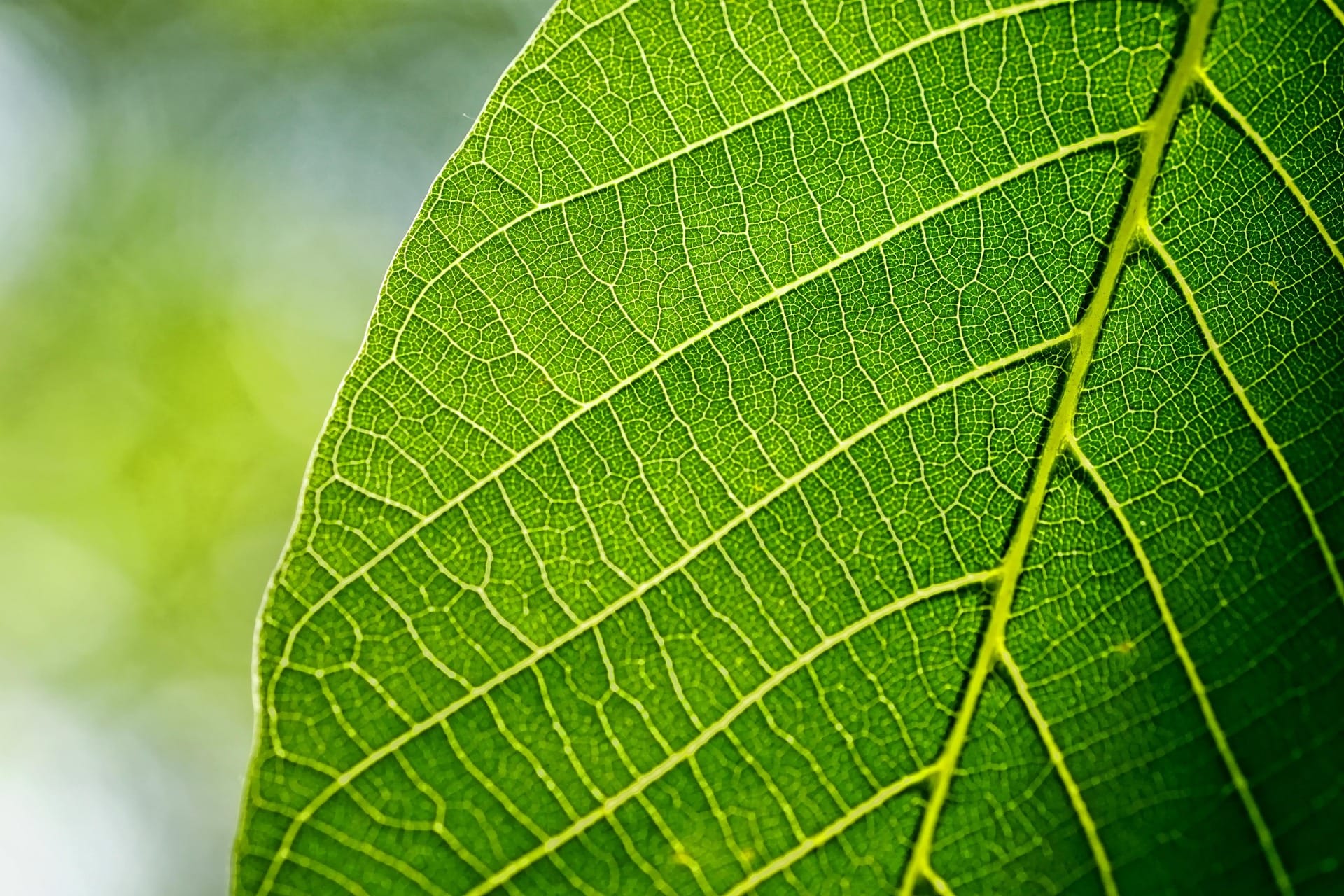
Drip tips are so effective that leaves with their tips cut off retain 2.3 times more water and end up with 1.7 times more fungi. Numbers like this have a huge impact when multiplied over the hundreds or thousands of leaves on many plants.
Not only do drip tips funnel water to the leaf's tip, but the tip can be bent so water droplets easily detach and fall off. Video from Wang et al.
This efficient system quickly dries the leaf surface and ensures that water is promptly delivered to the roots in the soil, while also breaking large, forceful raindrops into smaller droplets that won't erode the soil around a plant.
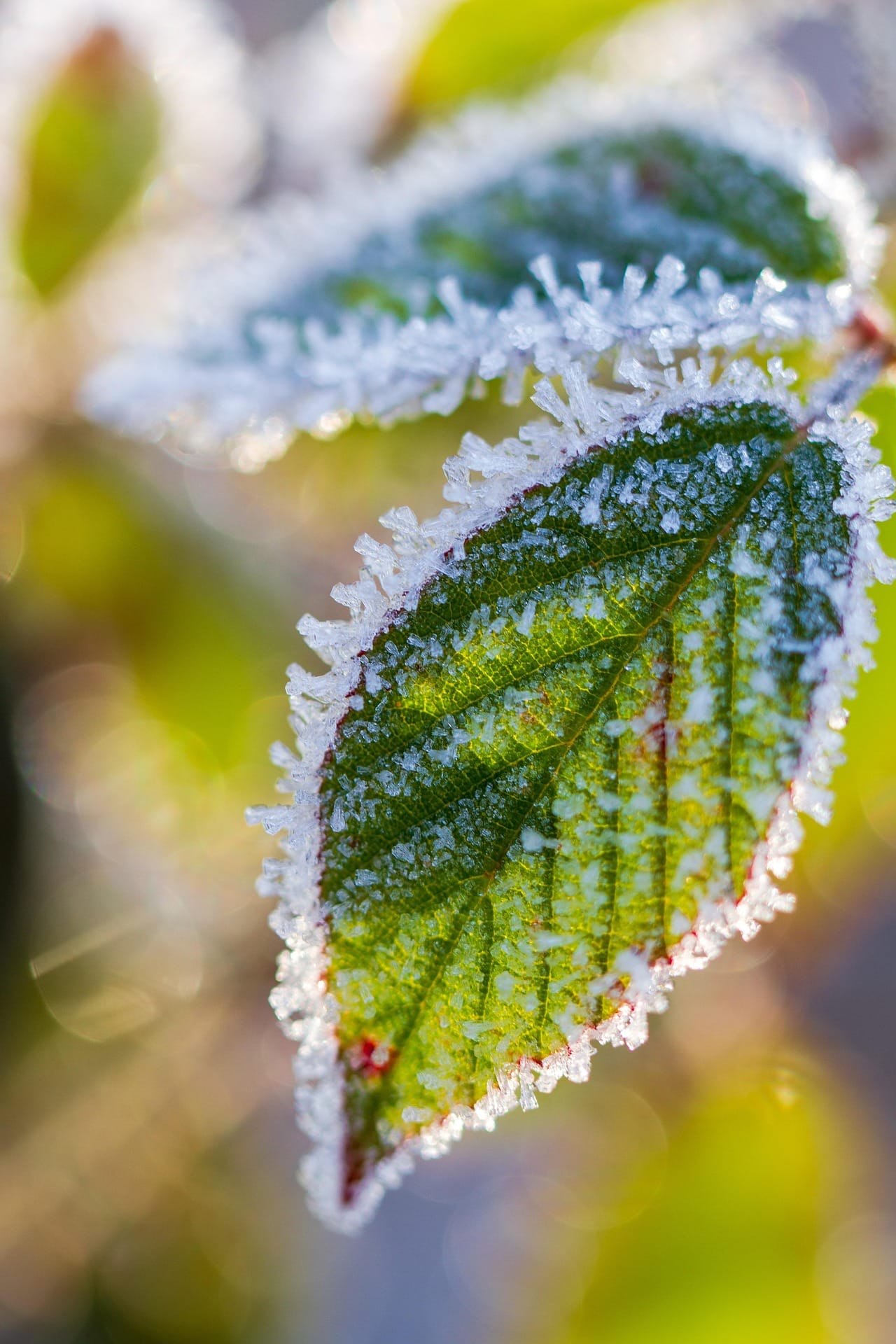
Drip tips are especially pronounced on tropical plants that grow in hot, humid areas with significant amounts of rainfall, but many plants in temperate zones also have drip tips because it's so important to drain water off their leaves. See how many leaves with drip tips you spot on your next walk.
A Note on Subscriptions:
Earlier this week, I received a thoughtful email pointing out how annoying it is to read my plea for paid subscriptions every week (especially for folks who are already paid subscribers!). I totally agree, and repeatedly asking for money makes my skin crawl, even though I realize this is the nature of all subscription-based services.
I want to say that I'm aware of this, and wish there were another way to highlight my requests for paid subscriptions (only 1 in 10 readers are paying subscribers). One solution might be to filter emails so paid subscribers don't see these requests and free subscribers do, but the problem is that everyone's subscriptions (both free and paid) expire on different schedules, and gentle prompts are effective reminders of why your paid subscriptions are so important to me.
Let me know if this bothers you or if you don't mind. I'm open to suggestions, and in the meantime, I'll move my requests for paid subscriptions and one-time donations to the end of the newsletter so they're easier to ignore.
Thank you, everyone, and please share these newsletters!

Member discussion